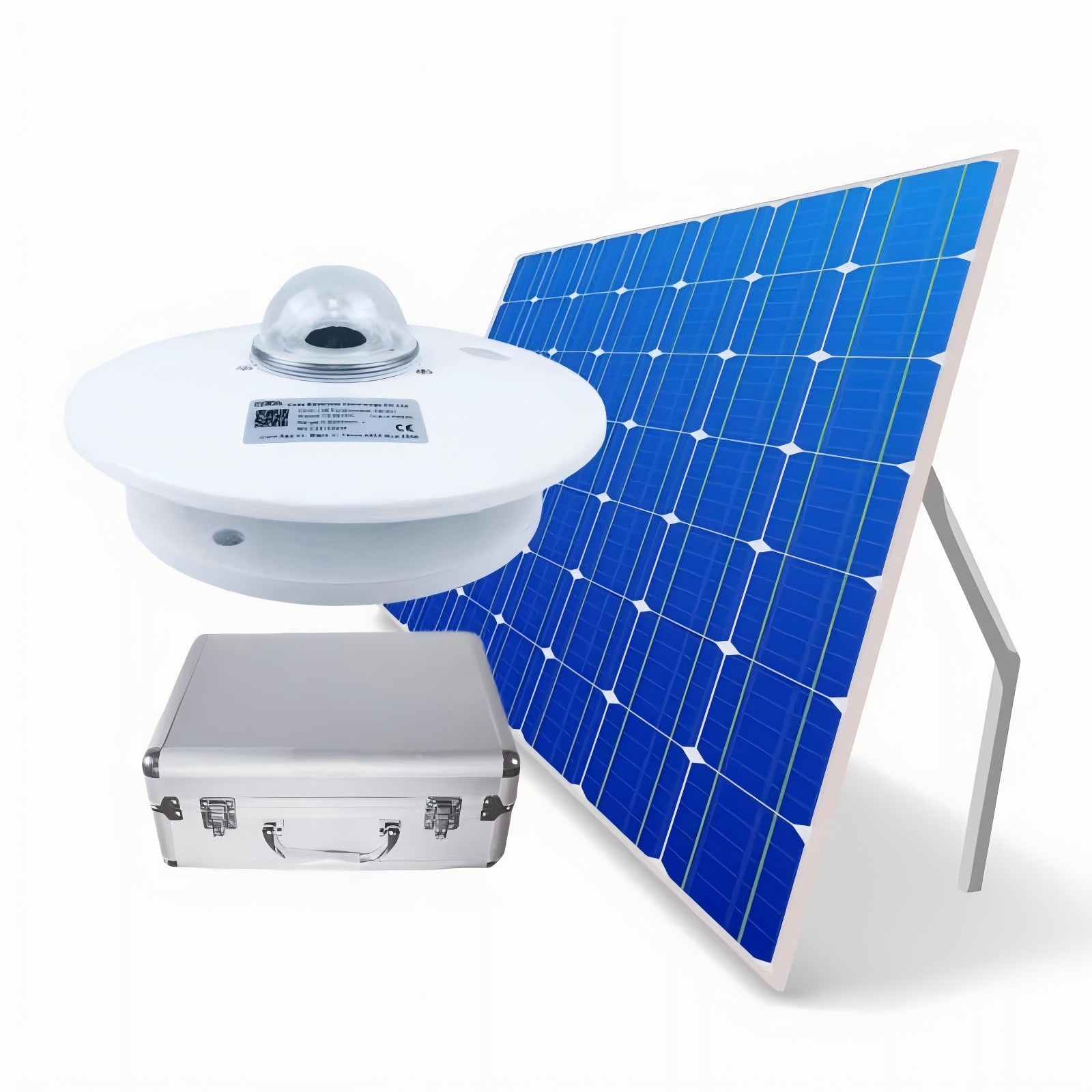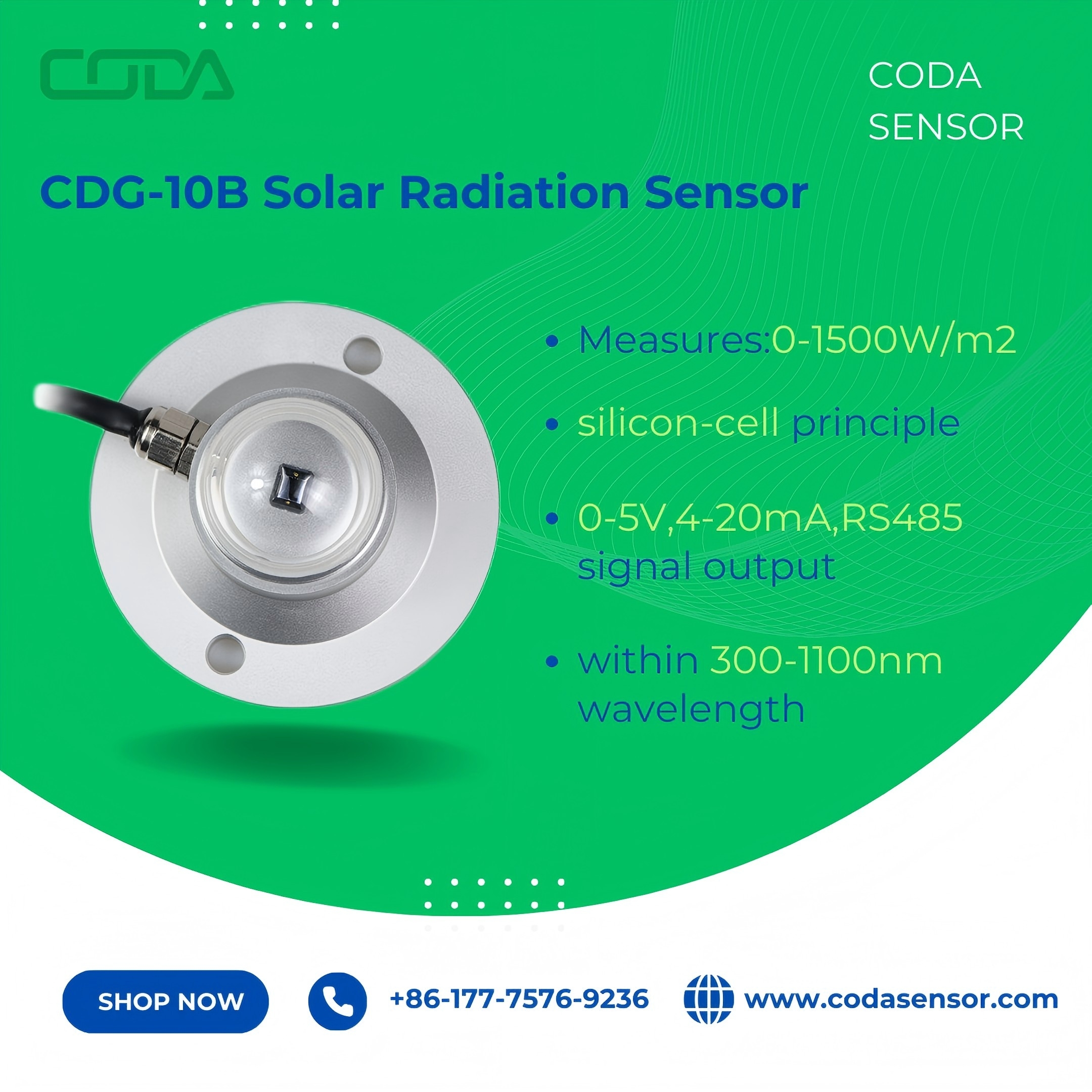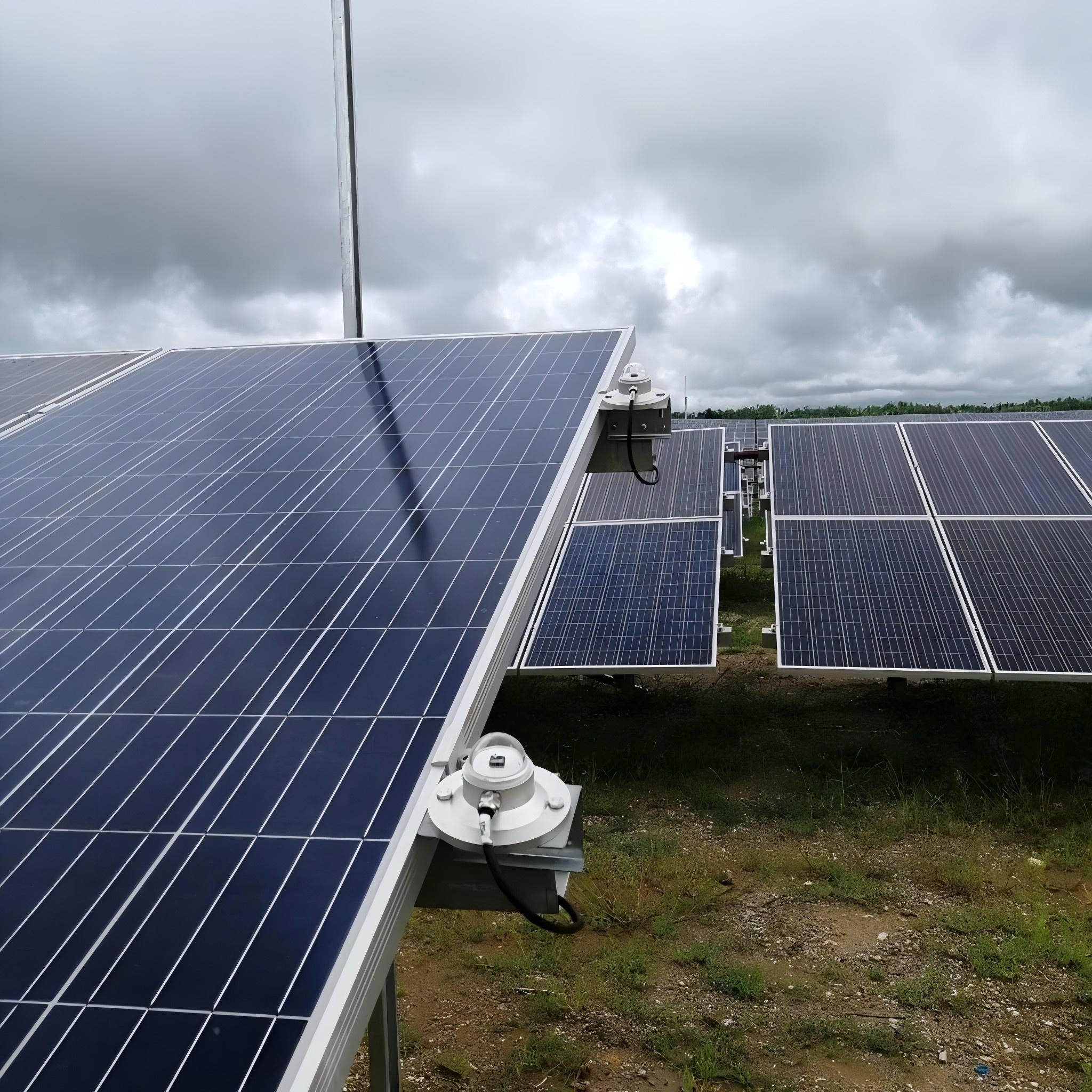As the need for solar energy grows, measuring solar radiation accurately is important. This helps improve the performance of photovoltaic (PV) systems.
A pyranometer is an important tool in solar energy projects. It measures global solar radiation to help with energy conversion. Selecting the best pyranometer for your solar energy project can significantly impact system efficiency, performance monitoring, and long-term reliability.
A pyranometer is a precise sensor. It measures the total solar energy hitting a surface. This is usually shown in watts per square meter (W/m²).
It captures both direct sunlight and scattered light. This makes it a key tool for measuring solar energy potential at a locati0n. These measurements help in:
Evaluating Solar Potential: It is important to understand the solar radiation levels at a site. This knowledge is essential before installing a solar farm or PV system.
Monitoring PV System Efficiency: Comparing actual power generation with expected output based on solar radiation levels.
Enhancing Performance Forecasting: Using pyranometer data to refine predictive models for solar energy production.
Detecting Panel Degradation: Identifying decreases in performance due to dust, dirt, shading, or equipment wear.
Optimizing Panel Orientation and Cleaning Schedules: Ensuring solar panels receive maximum sunlight exposure and are maintained efficiently.
Supporting Grid Integration: Accurate solar radiation data helps utilities and grid operators manage solar power fluctuations.

The accuracy of a pyranometer directly affects the reliability of solar radiation data. High-accuracy instruments are preferred for utility-scale solar farms and research applications.
A pyranometer should measure the full solar spectrum, which is usually from 300 to 2800 nm. This range helps it capture all the radiation that affects how well PV panels work.
Pyranometers are categorized based on the ISO 9060 standard:
Class A (Secondary Standard): Highest accuracy, used for research and large-scale solar farms.
Class B (First Class): High-quality measurements suitable for commercial solar plants.
Class C (Second Class): Budget-friendly option for small projects and basic solar monitoring.
Solar farms often operate in extreme weather conditions. A good pyranometer should be:
Weather-resistant to withstand rain, dust, and extreme temperatures.
UV-resistant to ensure long-term measurement stability.
Corrosion-resistant, especially for coastal or desert environments.
Fast response times help capture real-time fluctuations in solar radiation, while temperature compensation ensures accuracy under varying environmental conditions.
Analog or Digital Output: Digital pyranometers with Modbus, RS485, or Ethernet output are preferred for modern solar monitoring systems.
Cloud Integration: IoT-enabled pyranometers allow remote monitoring and data analysis.
SCADA Compatibility: Seamless integration with solar farm control and monitoring platforms.

Utilize a thermopile sensor to measure solar radiation with high accuracy.
Offer wide spectral sensitivity and are suitable for professional energy assessments.
Used in large-scale and research-grade solar farms.
Measure solar radiation using a photodiode sensor.
Less accurate than thermopile pyranometers but cost-effective.
Commonly used in small-scale PV installations and secondary monitoring applications.
Best for high-accuracy research and large solar farms.
Provide the highest level of precision with minimal error.
Recommended for high-investment solar energy projects where precision is critical.
Offer a balance between cost and accuracy.
Ideal for commercial solar farms and utility-scale PV plants.
Used for performance monitoring and optimization.
Affordable option for basic solar radiation monitoring.
Suitable for smaller solar projects, agricultural solar applications, and general weather monitoring.
By continuously tracking solar irradiance, pyranometers help operators assess whether their solar panels are producing the expected amount of electricity.
A pyranometer can detect if dust, dirt, or shading from trees and buildings is affecting solar panel performance. This helps clean and move solar panels on time.
Over time, solar panels degrade, leading to reduced efficiency. Pyranometers help track this degradation and guide replacement decisions.
Accurate solar radiation data supports grid operators in managing energy supply fluctuations, especially in hybrid renewable energy systems.

Coda Sensor offers advanced pyranometers for solar farm operators and renewable energy experts. These tools measure solar radiation accurately. Coda Sensor's pyranometers offer:
High Accuracy: Designed to meet international standards for precise solar monitoring.
Robust Design: Built to withstand harsh environmental conditions, ensuring long-term reliability.
Seamless Integration: Compatible with SCADA, cloud-based monitoring systems, and IoT platforms.
Cost-Effective Solutions: A range of pyranometers to suit different budget and accuracy requirements.
Using advanced solar radiation measurement tools from Coda Sensor, solar energy experts can boost system efficiency. They can also improve maintenance plans and increase return on investment.
To learn more about Coda Sensor’s pyranometer solutions, visit Coda Sensor. They can help improve your solar energy project.
Learn how CODA Sensor solar radiation and PAR se
Discover how real-time weather station data impr
Discover how Automatic Weather Stations (AWS) ar
Contact: Molly
Phone: +86-17775769236
Tel: 86-0731-85117089
Email: molly@codasensor.com
Add: Building S5, Aux Square, Yuelu District, Changsha City, Hunan Province, China
We chat